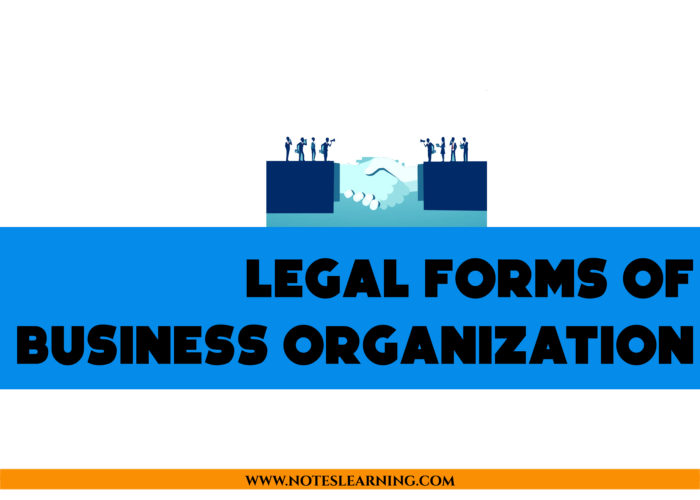Introduction
Every business entity is binding to some kind of legal form of ownership. Legal ownership of the business will have a longer impact in the business and it is a real deal to make a right choice of ownership. Legal ownership of the organization is determined by:
- The desired level of control
- The level of structure
- The owner’s vision
- Liability exposure
- Tax implications
- Financing needs
- Sharing Profits
- Need for cash
The three most common legal forms of business organization are the sole proprietorship, the partnership, and the corporation.
Sole Proprietorships
A sole proprietorship is a business owned by one person who operates it for his or her own profit. It is the simplest and cheapest form of business ownership as there is no legal distinction between owner and the business. The majority of sole proprietorships are either in wholesale business, retail business, service industry or in construction industries.
In sole proprietorship, the capital is raised from personal resources or by borrowing. Sole proprietorship is a very attractive legal form of business for the entrepreneur i.e. ownership is responsible for every decision of business and risk-return balance is solely dependent on the owner of the business.
Strengths in Sole Proprietorship
- Owner enjoys all the profits in the business and is liable for all the losses.
- Sole proprietorship has low operational costs i.e. easy to run organization
- Income is included and taxed on owner’s personal tax return
- Sole Proprietorship is an independent operation of business
- Dissolution of sole proprietorship is easy.
Weaknesses in Sole Proprietorship
- Owner has unlimited liability i.e. the owner’s total wealth is considered while satisfying debt.
- Sole proprietorship has limitations i.e. has limited fund or capital raising power when it comes to expansion
- Proprietor is responsible for every function of business which might not be best.
- Business ceased to exist after the death of the owner.
Partnership
Partnership is a legal bond between two or more persons who join to carry on a trade or business. Each partner contributes money, property, labor or skill and expects to share in the profits and losses of the business. Public accounting and law partnerships often have large numbers of partners.
Partnership is legally bound by a witten contract known as Articles of Partnership. There are two types of partnership ; General Partnership and Limited Partnership. In general partnership, all the partners have unlimited liability and each partner can enter into contracts on behalf of the other partners. A limited partnership has at least one or more limited partners whose liability is limited to the cash and property invested in the partnership.
Strengths of Partnership
- It can raise more funds than sole proprietorships.
- Borrowing power is enhanced as there are more owners.
- As there are more people involved, more availability of brain power and managerial skill
- Income earned is included and taxed on the partner’s personal tax return.
Weaknesses of Partnership
- Partners have unlimited liability and may have to cover debts of other partners.
- Partnership is dissolved when a partner dies.
- Partnership firms are difficult to liquidate or transfer partnership.
Corporation
Of all the business forms, corporation is the complex and biggest form of business. It is a legal entity created and has separate and distinct from its owners and managers. In the US, business corporations are only about 20% but they account for nearly 90% of total business revenues.
The owners of a corporation are its stockholders. The shareholders, board of directors, and management of the company are limited for the liabilities of the company, including liabilities for their own negligence when acting in their corporate role, except in certain extraordinary circumstances.
Strengths of Corporation
- Owners of the corporation are very limited when it comes to liability and obligations i.e. owners cannot lose more than their investment in the business.
- The size of capital that can be raised is far more than partnership i.e. has better access to financing.
- Ownership of the corporation is transferable.
- Corporation has ongoing concerns.
Weaknesses of Corporation
- Taxes are generally higher because corporate income is taxed, and dividends paid to owners are taxed at a minimum 15% rate.
- Corporation are subject to greater government regulation
- Lacks secrecy because regulations require firms to disclose financial results.
- Corporation is expensive to maintain i.e. operational cost
References
- Getman, L. J., & Zutter, C. J. (2010). Principles of Managerial Finance (13th ed.). Prentice Hall.
- https://2012books.lardbucket.org
- https://www.thebalancesmb.com/


